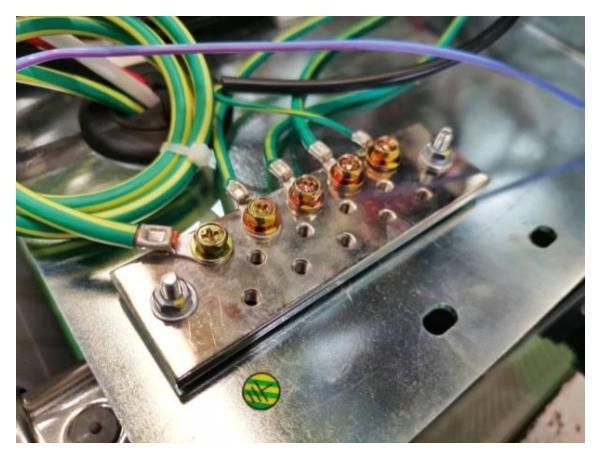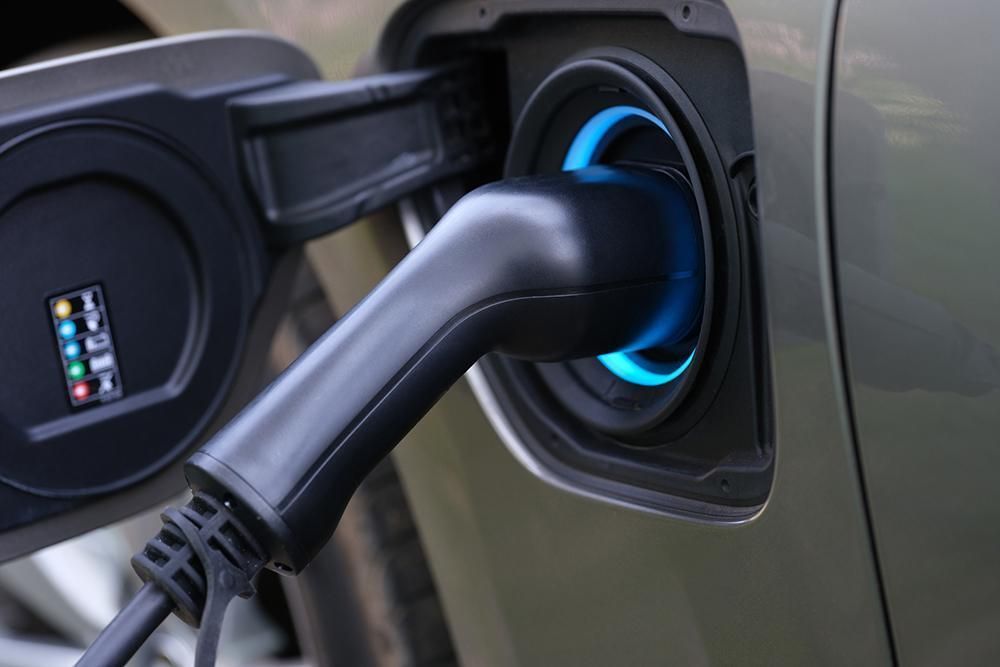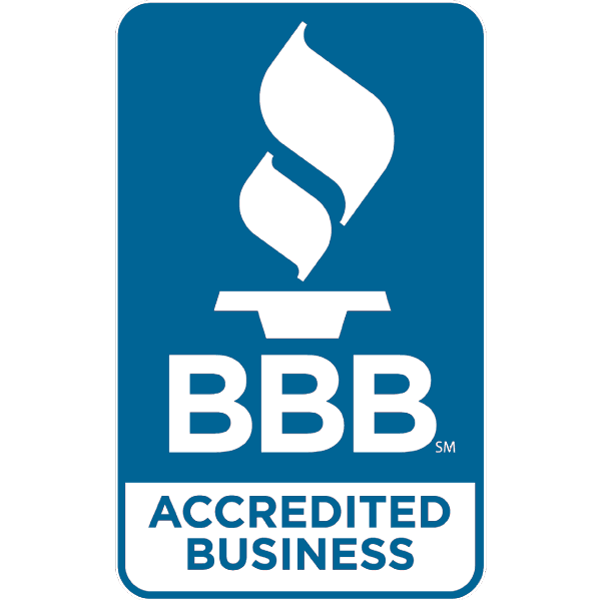Home Generator Safety Tips
A home generator is an essential addition to the home that can make a real difference in the level of functioning in the event of a prolonged power outage. With the purchase of a generator, homeowners gain a sense of security and peace of mind from the knowledge that they can keep their families safe and sound, especially those with very young, elderly, or disabled members. Becoming well versed in home generator safety is a priority in all cases.
The first step is choosing the right generator for the needs of the family. There are three significant factors to consider in this decision.
1. Household Needs
Some homes will require functionality for a more significant number of appliances and devices. The most accurate way to determine the correct generator size is to add up the wattage of all the items that will need power. Always select a unit that has enough extra wattage capability to cover later additions, and plan a consultation with a professional electrician to ensure that the best possible model selection.
2. Portable and Stationary Models
Portable generators are well suited to the needs of many households. They are less expensive than stationary units, but they call for a fair amount of hands-on maintenance. Adequate supplies of gasoline should be kept on hand to run them, and they must be located at least 10 feet from the home in enclosures that protect them from the weather. Stationary generators represent a sizeable investment in home generator safety. In return, they provide enough electricity to keep the level of comfort nearly equal to average power conditions, start automatically when the power goes out, and last an average of 15 years, making them indispensable for the use of medical equipment that demands a continuous power source.
3. Sizes
Generators come in small portable to large stationary sizes, with wattage ratings ranging from 3,000 to 15,000 watts. A small portable can handle television to a refrigerator and a few lights, while a large stationary will have no problem running all appliances, including washers and dryers. Selecting the proper size generator for the workload is an essential safety component, and is an excellent place to begin a consultation with a professional electrician.
Safety Hazards
Fire, electrocution, and carbon monoxide poisoning are the primary safety hazards associated with the use of generators. Even when care has been taken to choose the home generator that most closely matches the needs of the household, precautions are necessary to avoid these dangers.
Fire prevention as part of a home generator safety plan involves a common sense approach to generator operation. If using a portable generator powered by gasoline, the fuel should always be stored in an approved container outside the home. Because spilled fuel can ignite, the generator should always be allowed to cool down before refueling. Be on guard against the use of matches, lighters, cigarettes, or any other smoking materials in the proximity of generators.
The risk of electrocution during the operation or maintenance of a generator can be minimized by following established safety guidelines provided by the generator’s instruction manual or licensed professional electricians. A few of the most crucial steps to avoid this hazard include: plugging appliances directly into the generator using three-pronged extension cords, always making sure that hands are dry before touching the generator and connecting the generator directly to the home’s electrical system through the use of a transfer switch.
Carbon monoxide is a colorless, odorless gas that can cause illness or death as a result of overexposure. Failure to practice home generator safety causes many cases of carbon monoxide poisoning each year, so those using portable generators should take special precautions to avoid this hazard. Points to remember are making sure to use generators outside and away from home doors and windows, placing carbon monoxide alarms in homes, especially near bedrooms, and recognizing that symptoms like dizziness, nausea, and weakness may indicate carbon monoxide poisoning.
No matter which type of generator you choose, it’s always a great idea to have licensed professional electricians to inspect your unit to perform periodic checks. In addition to being a primary source for information and help with home generator safety, licensed electricians are highly trained and certified to deliver skilled assistance with all electrical tasks.
Electrical projects may require a level of expertise that goes beyond average homeowner knowledge. It’s always a wise decision to hire experienced electricians who have current information on local electric codes and proven strategies to handle complex situations. Call or request an appointment online today for help with all of your electrical needs!
Call Mister Sparky Electrician OKC at (405) 300-0633. America’s On-Time Electrician in Del City, Edmond, Mustang, Oklahoma City, and Yukon services the Oklahoma City area with a team of licensed electricians. In addition to flickering lights, our electrical services provided by Mister Sparky include electrical outlet/switch repair, ceiling fan installation, lighting installation, electrical wiring repair, landscape lighting installation, and home electrical inspections.





